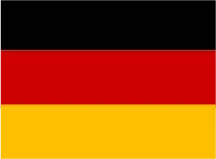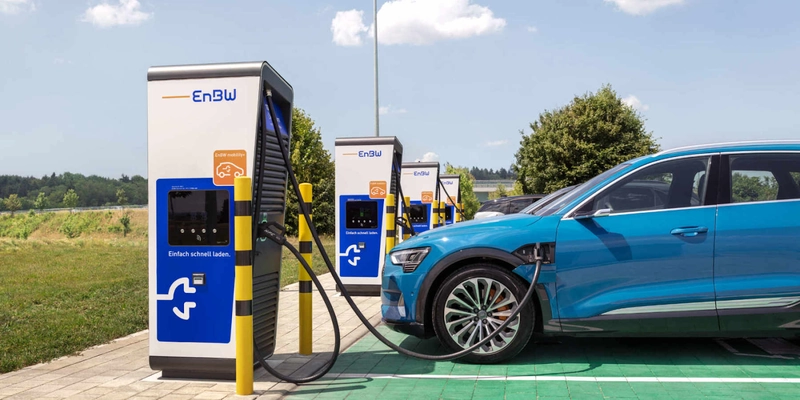By no later than 31 December 2026, and subsequently every five years, the European Commission is required to carry out a review of the current Alternative Fuels Infrastructure Regulation (AFIR).
In response, the Federal Association of Consulting for New Mobility (BBNM e.V.) points out to Mobility Portal Europe that “the revision cycle is not sufficient within this dedicated market and its fast development.”
“For example, the Megawatt Charging System (MCS) is missing from the AFIR. With MCS, extended requirements are tied to the infrastructure, as the requirements of logistics are now included,” they add in this regard.
The regulation, which entered into force on 13 April, establishes a regulatory framework aimed at accelerating the deployment of recharging network and alternative fuels along the main roads of the European Union (EU).
Its objective is to address and reduce current disparities in electric vehicle (EV) recharging stations, in order to make sustainable driving more practical and accessible for European citizens.

However, Thomas Mertens, a member of the Board of Directors of Authorities and Specialized Organizations, and Thomas Bella, part of the Board of Directors of International Affairs at BBNM e.V., state:
“In order to ‘heal’ those gaps in the AFIR, there should be a revised Guidance Document on a regular basis, for example, twice a year.”
Furthermore, the association believes that the regulation still “does not address detailed issues or is too general”.
For instance, the directives contemplate the incorporation of dynamic QR codes for payment, technology that, according to Commission members, offers a number of advantages but can also lead to inconveniences.

Among the positive points, it is worth mentioning the improvement in the user experience.
This is because it provides convenience to drivers, who simply scan the code with their phone, choose the payment method, confirm the details, and receive an electronic receipt.
Furthermore, the system is flexible, as its functions can be accessed via any smartphone and billing process.
From the operators’ point of view, they can save on installation and maintenance costs of transaction terminals, cards, or applications.
This results in a reduction in fees and commissions for credit networks or application providers.
At the same time, it allows reaching more customers by offering an open and interoperable payment system.
However, the association warns that this is one of the areas that may pose problems, as some service stations have reported the appearance of fake QR codes.
BBNM e.V. points out that one of the issues not covered by the AFIR is “how to protect chargers against fraudulent attacks such as sticking over QR codes.”
This leads to considering the regulation as “insufficient.”
What is Germany’s position regarding the AFIR?
The country already had the German Charging Station Regulation (LSV) issued by the Federal Ministry of Economics and Energy (BMWi).
This was first introduced in 2016 and has been updated several times since then, with the most recent amendment in July 2023.
The LSV sets technical requirements for infrastructure, access rules for electric vehicle users, and the provision of information on “refueling” processes.
In particular, it requires that publicly accessible points comply with certain standards to ensure smooth and safe use.
Its goal is to accelerate the expansion of the network to promote the adoption of EVs.
Its latest amendment, for example, stipulates that each one must allow for contactless payments using a credit or debit card.
Similarly to the LSV applied in Germany, there is now also the AFIR regulation.
In this regard, BBNM emphasizes: “Even though the German Charging Station Regulation has largely been replaced by the AFIR, little has changed in terms of terminology.”
This means that the design of the infrastructure is still dominated by the calibration system and regulations such as the German Price Indication Regulation.
“This continues to ensure that public points in the country have different requirements than those in neighboring countries,” they add.
So, is Germany on track to meet the requirements of the AFIR?
“That is beyond question. There is no deviation from what it stipulates, the problems lie in the imprecision of this and other laws,” they state.
Currently, the nation has more than 1,300,000 registered electric vehicles and around 130,000 charging points.
Its goal is to reach 15 million EVs and one million installed chargers by 2030.








